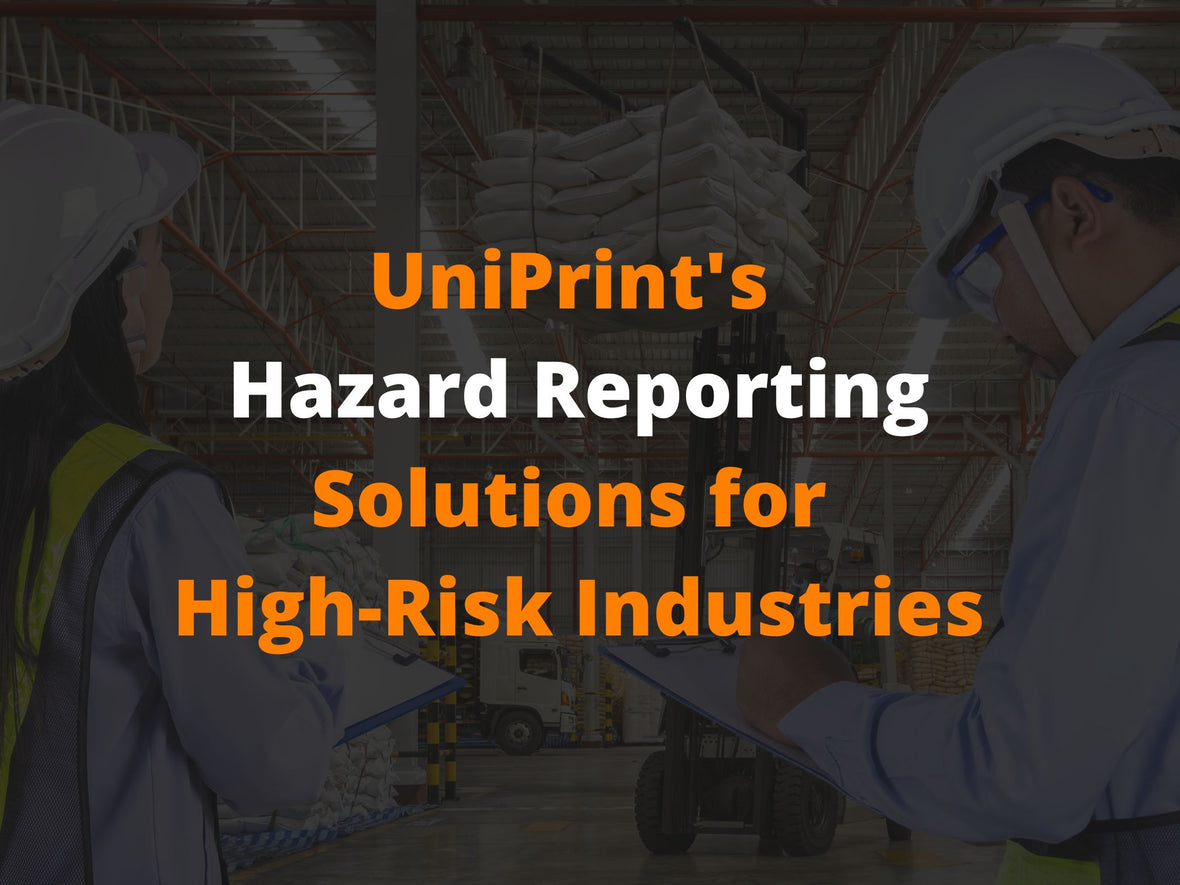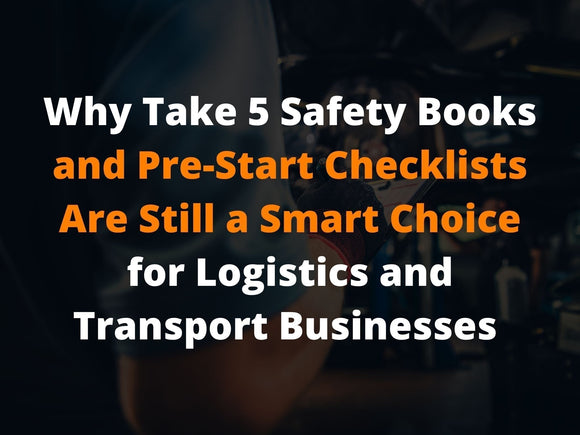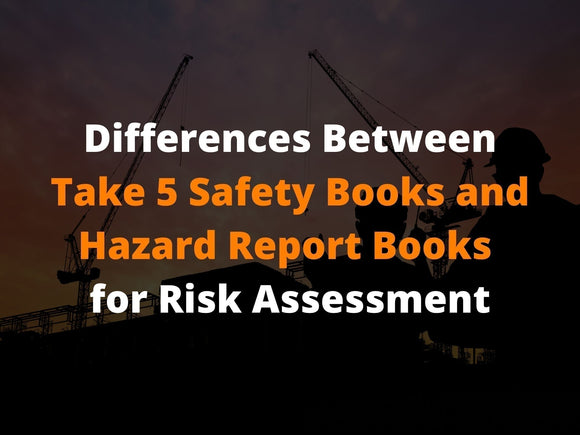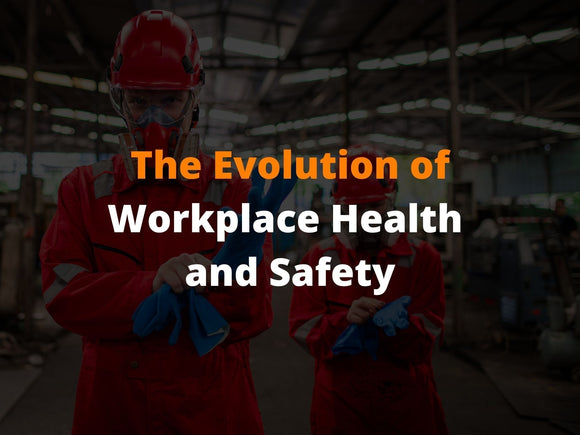
UniPrint's Hazard Reporting Solutions for High-Risk Industries
Some industries, such as construction, mining and manufacturing, are at a higher risk of serious incidents happening in the workplace. By nature, these industries use heavy machinery and substances that can lead to potentially fatal accidents. Hazard reporting and maintaining machinery through pre-start checklists are two of the most effective ways to keep workers safe and minimise the risk of serious incidents occurring.
At UniPrint, our in-depth hazard report cards and books are specifically designed for high-risk industries that need to ensure health and safety is a constant concern amongst management and workers. They help employees to look out for, identify, report and rectify any hazardous situation before it becomes a major incident. Something as easy as hazard reporting can keep workers safe, as well as save companies a lot of money in fines, disrupted work and save their reputation.
What Is Hazard Reporting?
Hazard reporting is an important part of creating an effective and collaborative workplace health and safety culture. It helps employees to work as part of a team to identify potential problems and find a solution before they become hazardous, or someone gets injured. When introduced regularly into the workday, hazard reporting is quick and very effective.
The UniPrint hazard report cards and books contain detailed hazard risk rating tables, emergency contacts, and hazard report forms. An important feature is that all our safety books can be customised to make them unique to your company. We can add brand colours, important information, and hazard report cards that only apply to your workplace.

Why Is Hazard Reporting So Important In High-Risk Industries?
Hazard reporting is important in all industries, but especially high-risk ones. The nature of high-risk industries, such as construction, means that a lot of heavy machinery is used which can cause serious and often fatal accidents if workers aren’t trained properly in health and safety. Cranes, for instance, are frequently used in building sites to lift heavy materials. If regular hazard reporting isn’t carried out, an accident with a crane can easily lead to serious injury or death.
Common Hazards in These Industries
Whilst specialist machinery is a concern for many companies, there are several other hazards in these workplaces that need to be identified and reported. Vehicles, for example, can cause serious injury which is why it’s so important that they are maintained through pre-start checklists and reporting hazards. Exposure to dangerous chemicals and compounds, such as asbestos, is also cause for concern in high-risk businesses. Employees should be well trained in identifying and handling dangerous substances and hazard reporting can help to minimise the risk of a notifiable incident from occurring.
Confined spaces, such as sewage pipes, crawl spaces and trenches can be another common hazard in high-risk industries. Performing a risk assessment and reporting hazards before anyone enters these spaces can hugely reduce the likelihood of major accidents happening.
Significance of Effective Hazard Reporting
There are lots of challenges that high-risk industries face. Mines and construction sites are often fast-paced places of work with many people coming and going. There’s a need for a lot of specialised training that can easily be incorporated into our customised hazard reporting books.
The nature of fast-paced working environments means that it’s easy to concentrate on the task at hand rather than identify potential risks in your vicinity. Introducing effective and well-designed hazard report cards that are efficient, makes hazard reporting in the workplace easy and worthwhile. Workers feel that their welfare is being taken seriously and it creates a working environment where safety is at the core of everything.
Whilst employee safety has to be the number one priority for all companies, effective hazard reporting is also good for business. When workers identify a hazard before it becomes dangerous, a company can avoid the negative associations of such a terrible accident. These can include company reputation (and employee willingness to work there), large fines and even imprisonment.

Best Practices for Hazard Reporting
Documenting hazards in the workplace is seriously important. As an employer, there’s nothing more essential than making sure everyone leaves safely at the end of the day. Not only do hazard report books minimise the risk of serious accidents happening but they also help to make all areas of health and safety a priority for everyone. Our range of customisable hazard report books can include a unique front cover (to make them more relatable to staff) as well as different colours, contacts, protocols, languages, machinery checks and much more.
Get in touch with the team at UniPrint if you have any queries about reporting hazards and the difference great hazard report books can make to the safety of your workplace.


